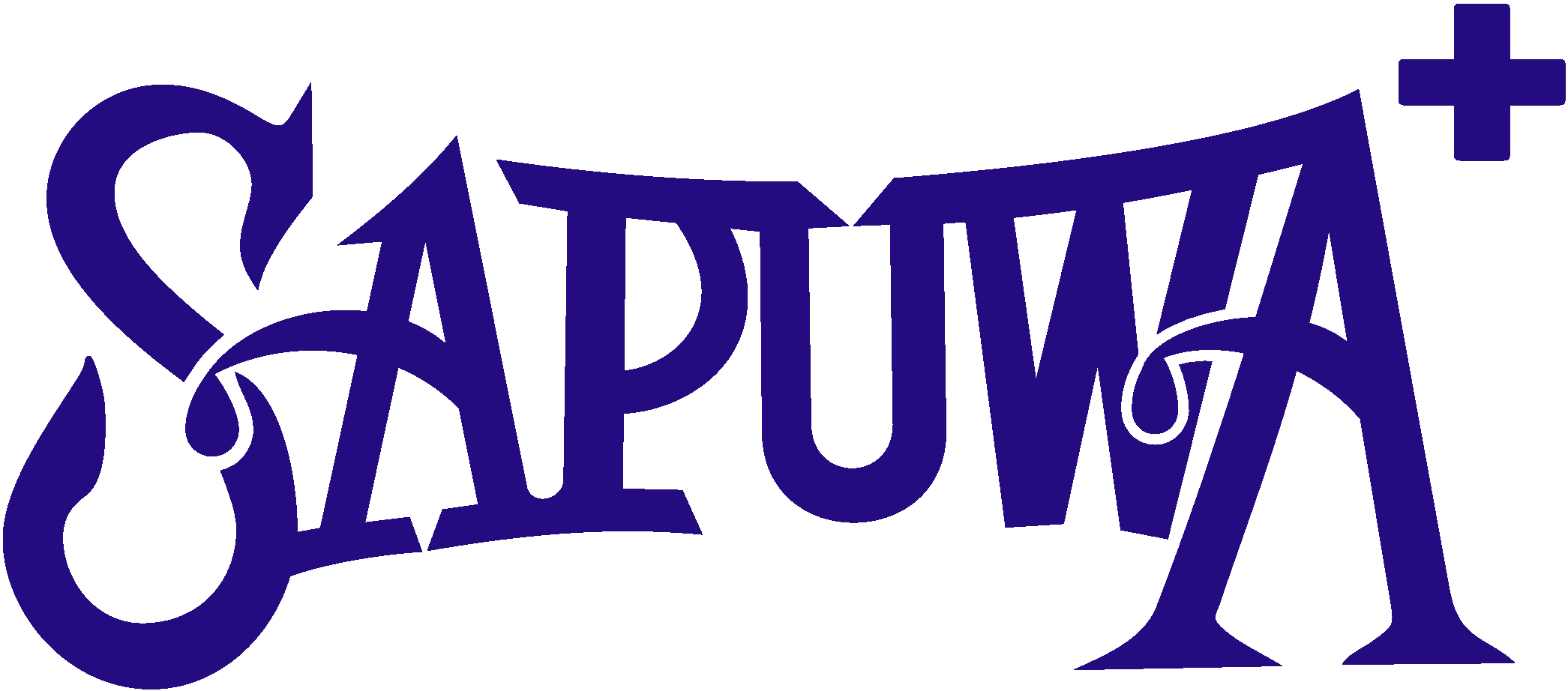Bottled Water Gains Popularity
As consumers continue to grow more health conscious, bottled water is rising above other major beverage categories.
A recent report from the International Bottled Water Association (IBWA), in conjunction with Beverage Marketing Corp. (BMC), has revealed that, in 2015, the sales and consumption of bottled water had risen significantly from the previous year. Additionally, the report suggests that this increase in popularity for bottled water is expected to continue to grow.
The report from IBWA and BMC has revealed that, in 2015, Americans’ consumption of bottled water increased by 7.9% and bottled water sales were up 8.9% since the previous year.
BMC now indicates that bottled water is poised to overtake carbonated soft drinks as America’s largest beverage category by volume by 2017, if not by the end of 2016.
“Consumer demand for bottled water looks likely to remain strong in the years ahead. Increases in per capita consumption indicate enthusiasm for a product that consumers regard as a healthful alternative to other beverages,” said Michael Bellas, BMC chairman and CEO. “Americans increased their annual consumption by more than 11 gallons, from 25.4 gallons per person in 2005 to 36.5 gallons a decade later. During the same period, per capita consumption of carbonated soft drinks dropped by 12.4 gallons. Per capita consumption of other major beverage categories, like milk and fruit beverages, also fell.”
Reflecting a clear trend of consumers increasingly choosing healthy, convenient, zero-calorie bottled water, BMC reported that by 2015, bottled water had achieved a new volume record – almost three billion gallons higher than it had been in 2007. Soft drinks, on the other hand, underwent their eleventh consecutive year of volume reductions in 2015.
Bottled water sales increased by 8.9% in 2015, and now total $14.2 billion (wholesale). In 2015, total U.S. bottled water consumption grew by 7.9% to 11.7 billion gallons, up from 10.87 billion gallons in 2014. In addition, per-capita consumption was up 7.1% in 2015, with every person in America drinking an average of 36.5 gallons of bottled water last year.
“There are many attributes that contribute to bottled water’s undeniable appeal to U.S. consumers,” said Chris Hogan, IBWA vice president of communications. “Among them are bottled water’s healthfulness, convenience, reliability and safety.”
Bottled water’s versatility makes it suitable for consumption at any time of day and in just about any setting or situation. It doesn’t need to be kept ice cold (like soft drinks or juice) or warm (like conventional coffee or tea). And various packaging types, ranging from five- and three- gallon bottles used in homes and offices to single-serve containers sold at retail locations, facilitate a variety of uses.
Amid worries about obesity, diabetes and other health matters, bottled water’s lack of calories and artificial ingredients, convenience and refreshing taste attracts health-conscious consumers.
“Although it has occasionally been compared with tap water, bottled water, in fact, realized its prominence as a healthful choice for consumers seeking to reduce their consumption of other less healthy packaged beverages. While some consumers have turned away from regular, full-calorie sodas in favor of their diet versions, many others transitioned to bottled water instead,” said Bellas.
Indeed, as some consumers became wary of artificial sweeteners, they abandoned diet as well as regular soda—while bottled water volume just got bigger.
The bottled water industry is utilizing a variety of measures to continue reducing its environmental impact. All bottled water containers are 100% recyclable and many bottled water companies are already using recycled plastic in their bottles. Some are already producing 100% recycled PET plastic bottled water containers.
“Bottled water’s environmental footprint is the lowest of any packaged beverage, according to a life cycle assessment conducted by Quantis in 2010,” said Hogan. “Bottled water has the smallest water and energy use footprint of any packaged beverage. When it comes to overall water use, the bottled water industry is actually a small and efficient water user. Bottled water uses only 0.01% of all water used in the U.S.
The results of a benchmarking study show that the amount of water and energy used to produce bottled water products in North America is less than all other types of packaged beverages. On average, only 1.32 liters of water (including the liter of water consumed) and 0.24 mega joules of energy are used to produce one liter of finished bottled water.
The bottled water industry works hard on a number of fronts with recycling advocates, communities and our beverage and food partners to increase recycling rates. In fact, between 2000 and 2014, the average weight of a 16.9-ounce (half-liter) PET plastic bottle has declined 51%. This has resulted in a savings of 6.2 billion pounds of PET resin since 2000. At 37%, the recycling rate for single-serve PET plastic bottled water containers has more than doubled in the past 10 years, and PET plastic bottled water containers are the most frequently recycled PET beverage container in curbside recycling programs. PET plastic bottled water containers, measured in tons of landfill space, make up just 3.3% of all beverage containers that end up in landfills. Waste percentage numbers are much higher for the glass (66.7%), aluminum (7.9%) and plastic soda bottles (13.3%) that end up in landfills.
Bottled water is comprehensively regulated as a food product by the U.S. Food and Drug Administration (FDA), and the FDA regulations governing the safety and quality of bottled water must, by law, be as stringent as the Environmental Protection Agency (EPA) standards for tap water. And, in some very important cases, such as lead, bottled water regulations are substantially more stringent.
Source: cstoredecisions.com
Collected by Nhu Vu SAPUWA
Relative post
- The secret to staying hydrated when traveling for a complete trip
- What should women over 30 drink to have beautiful skin and a youthful figure?
- Where should you go on September 2 in Ho Chi Minh City - Top 10 extremely hot places today
- September 2nd, where should we travel to heal our souls?
- Explain what electrolyte disorders are and effective ways to prevent them
- Alkaline ionized cooking water does not reveal surprising benefits
- Electrolyzed water to treat atopic dermatitis takes advantage of natural power
- Ways to alkalize the body protect health and prevent disease
- 5 signs of excess acid in the body and effective ways to balance it
- The secret to drinking water properly after eating to protect your health
- Types of water you should and shouldn't drink at night for a good night's sleep
- The secret to making tea with alkaline ionized water is especially delicious








 0
0


